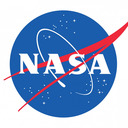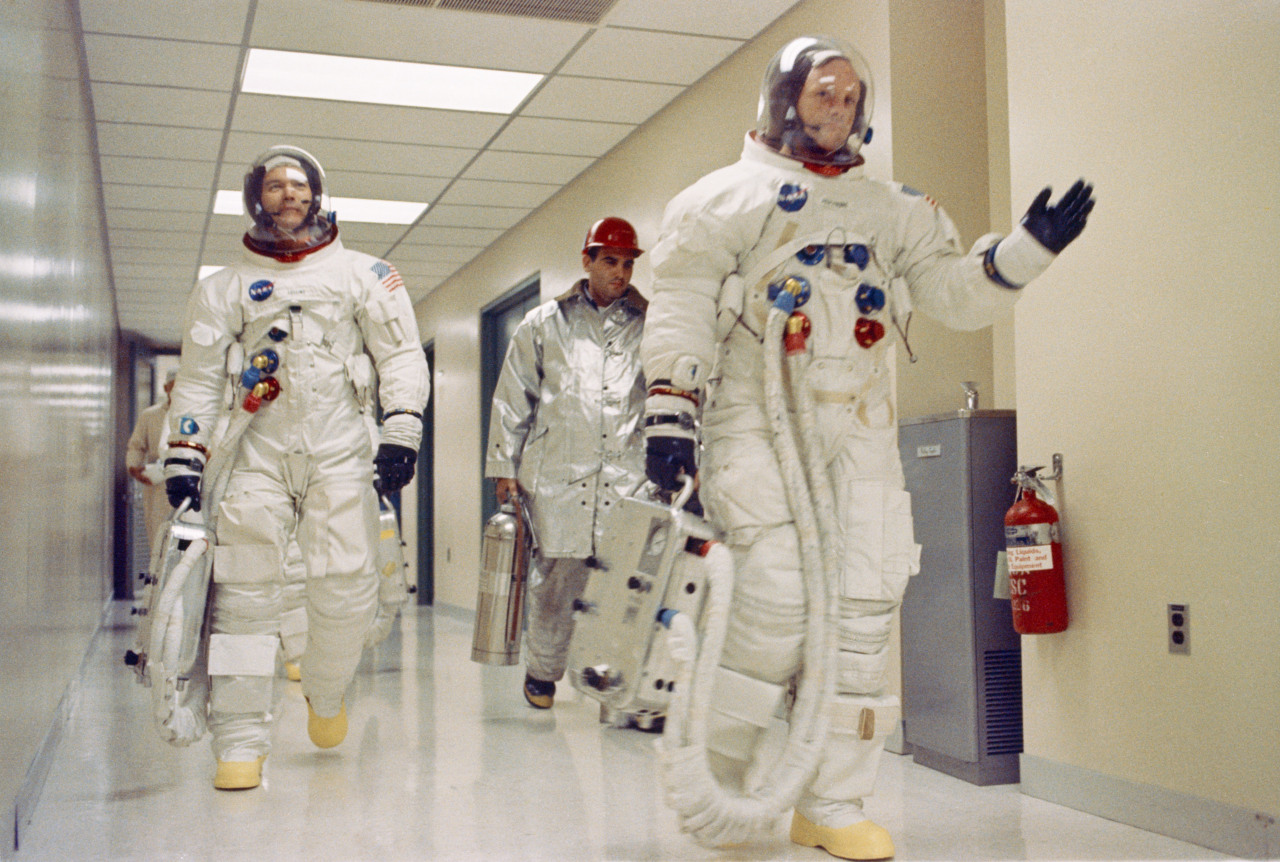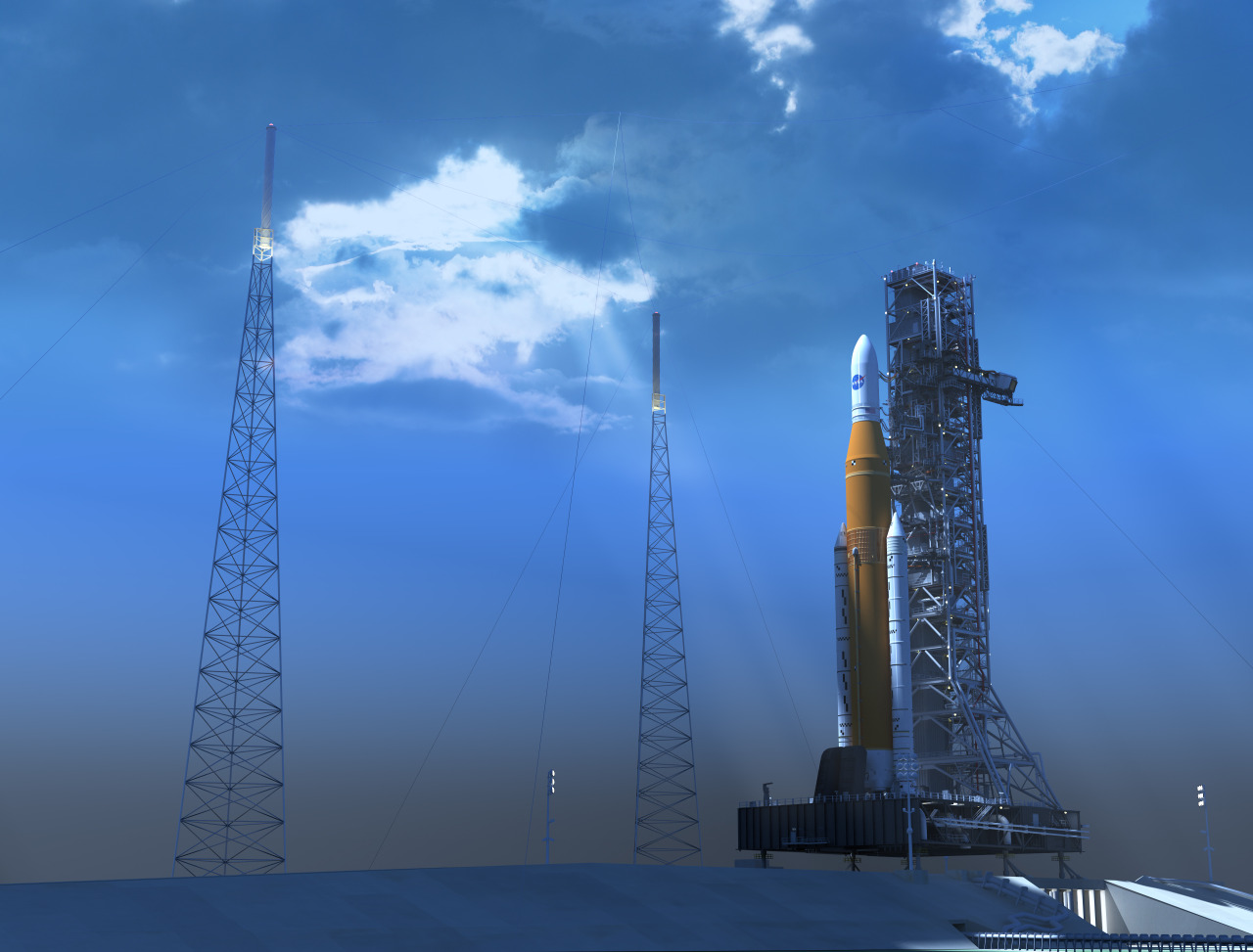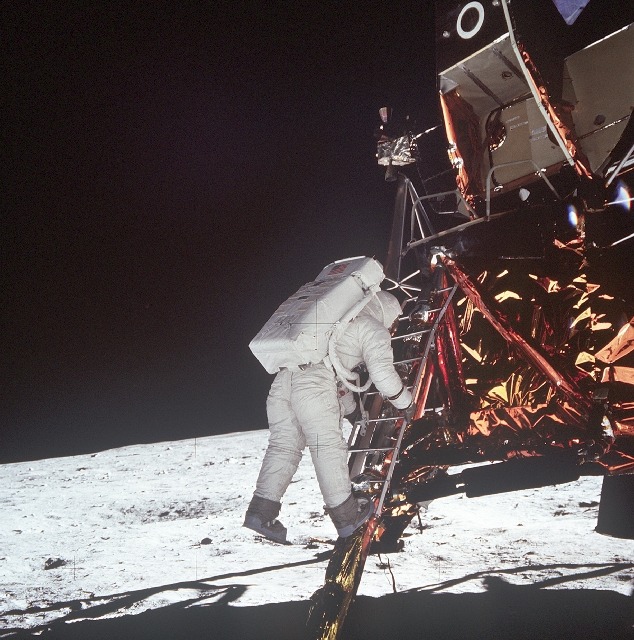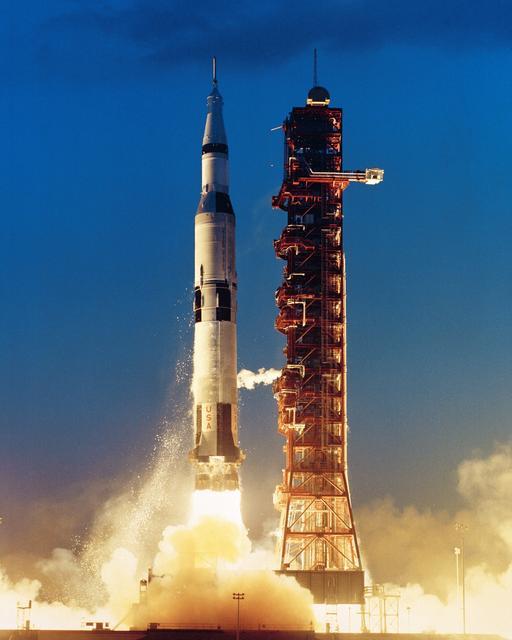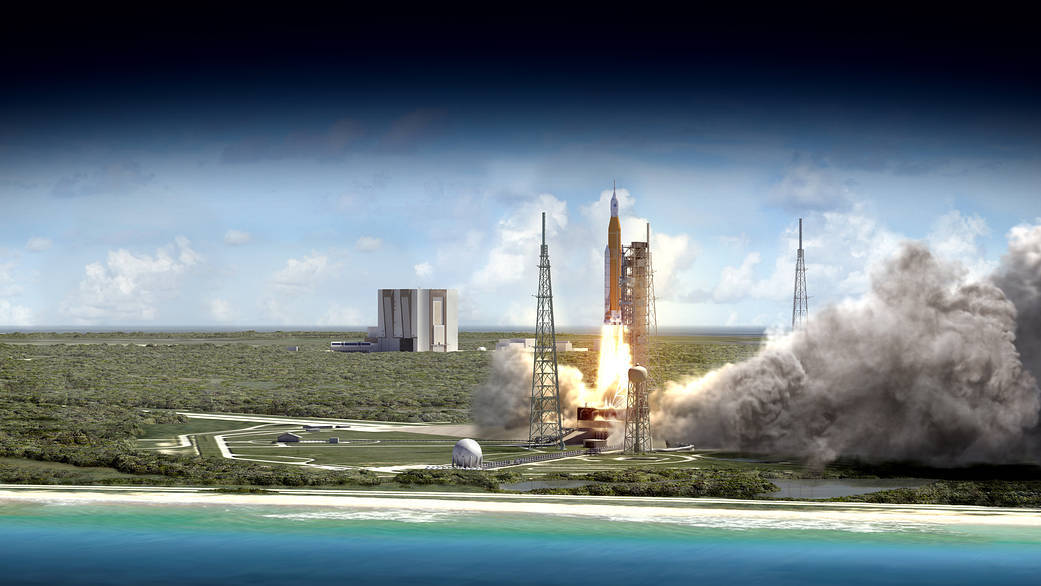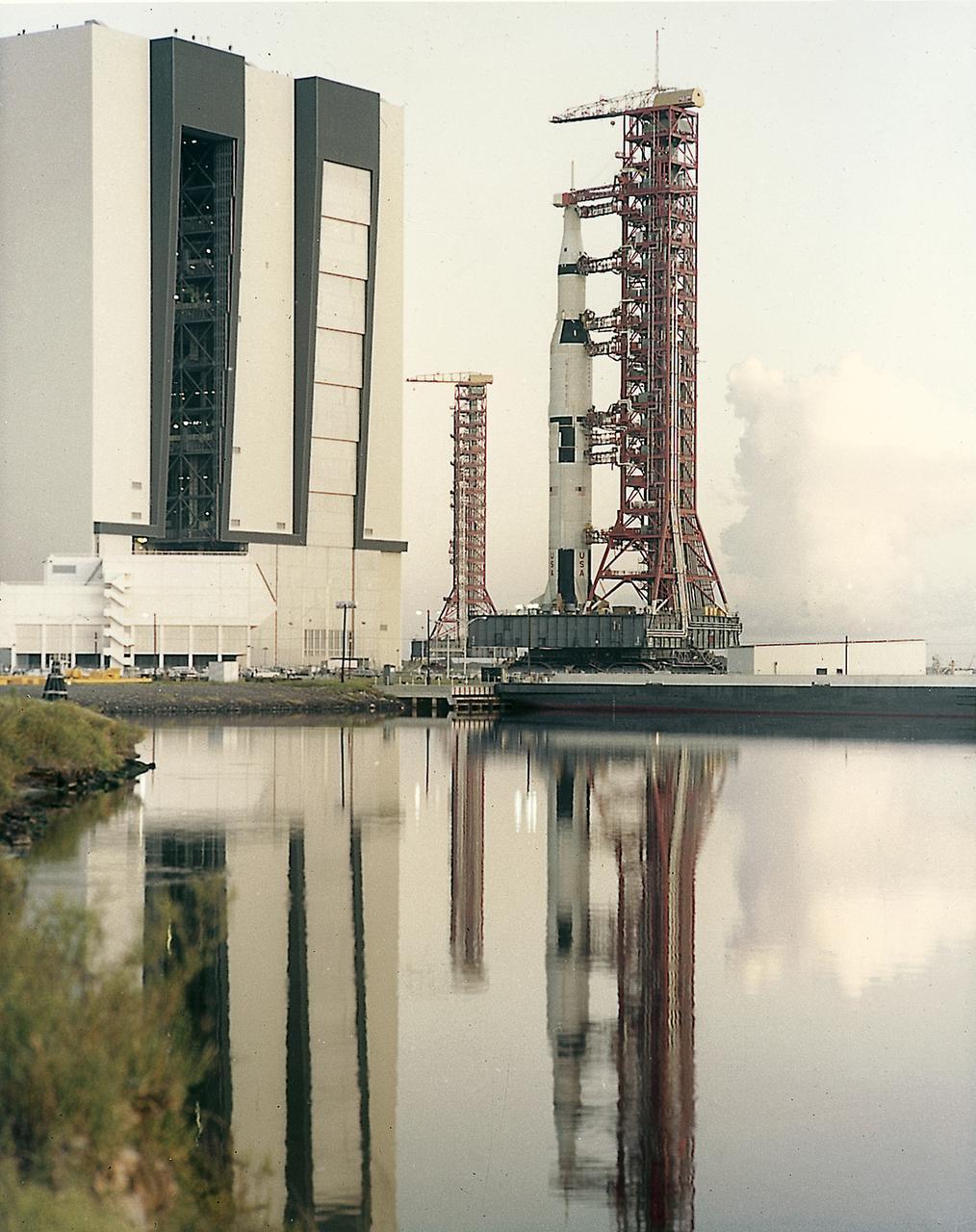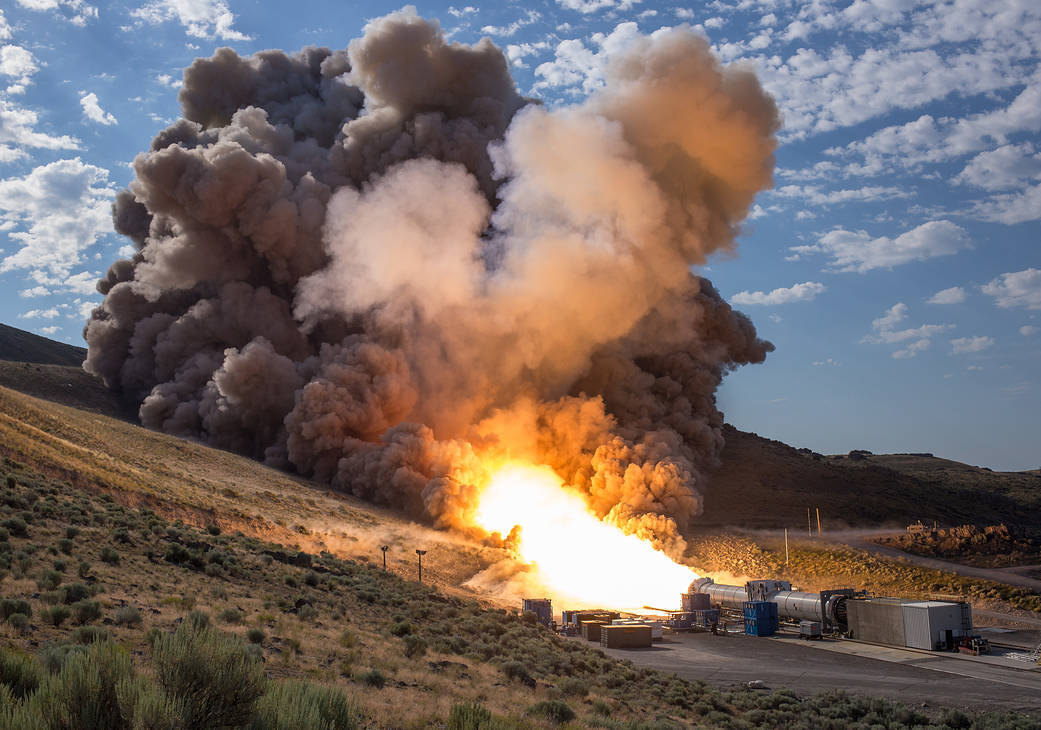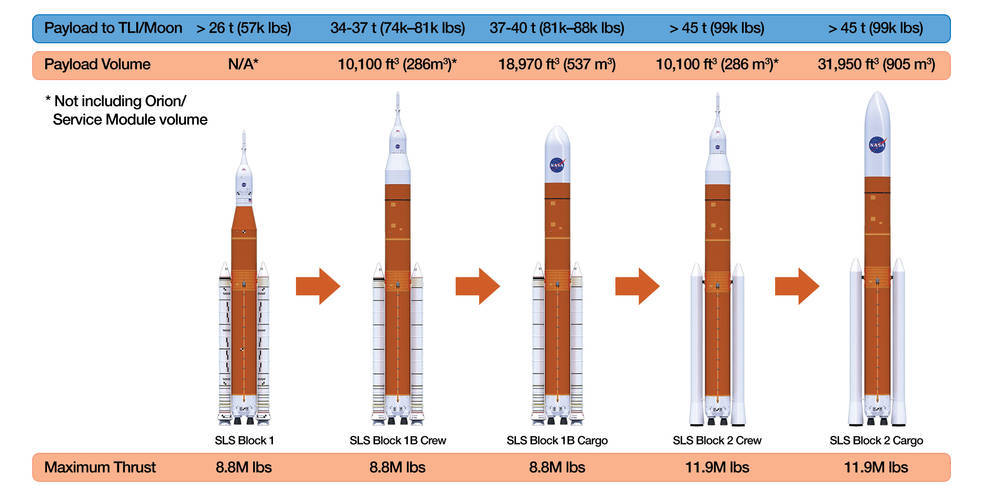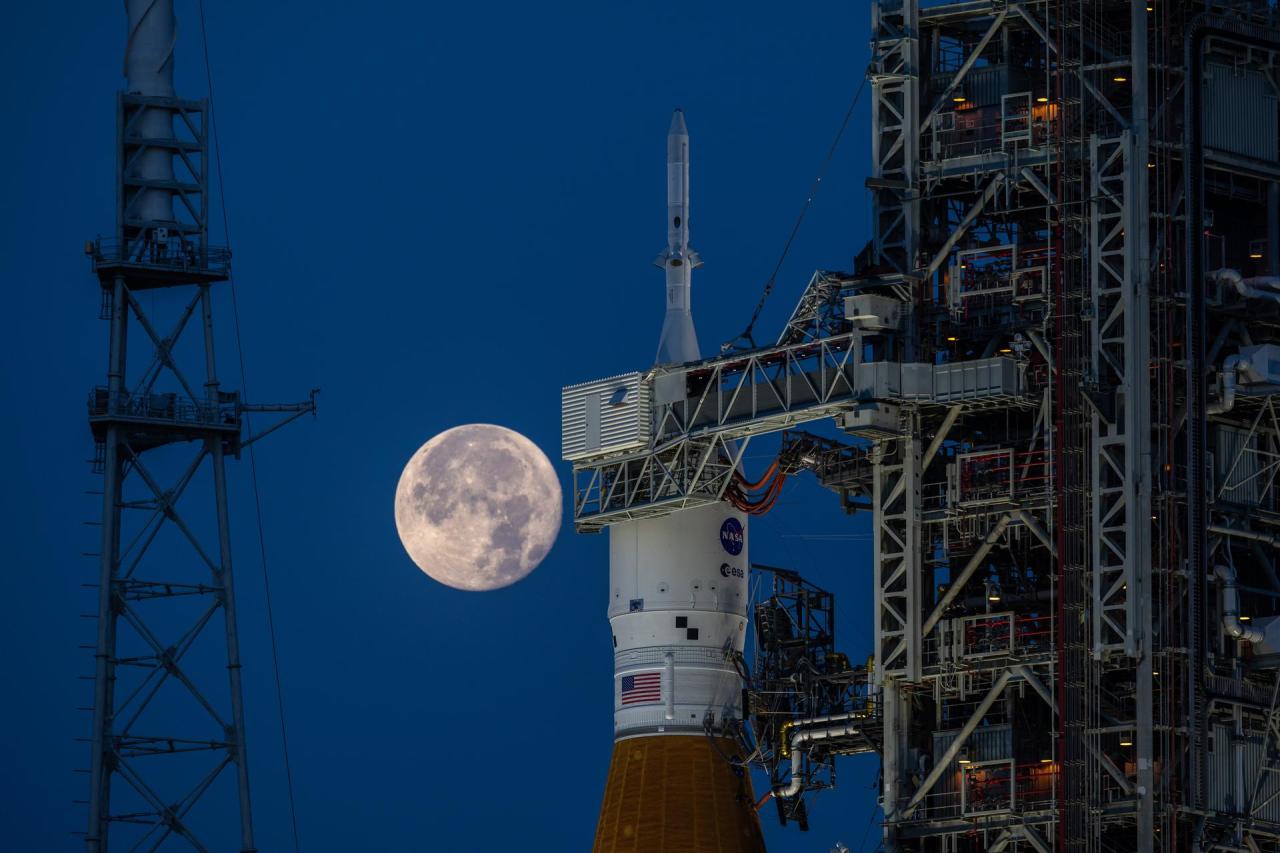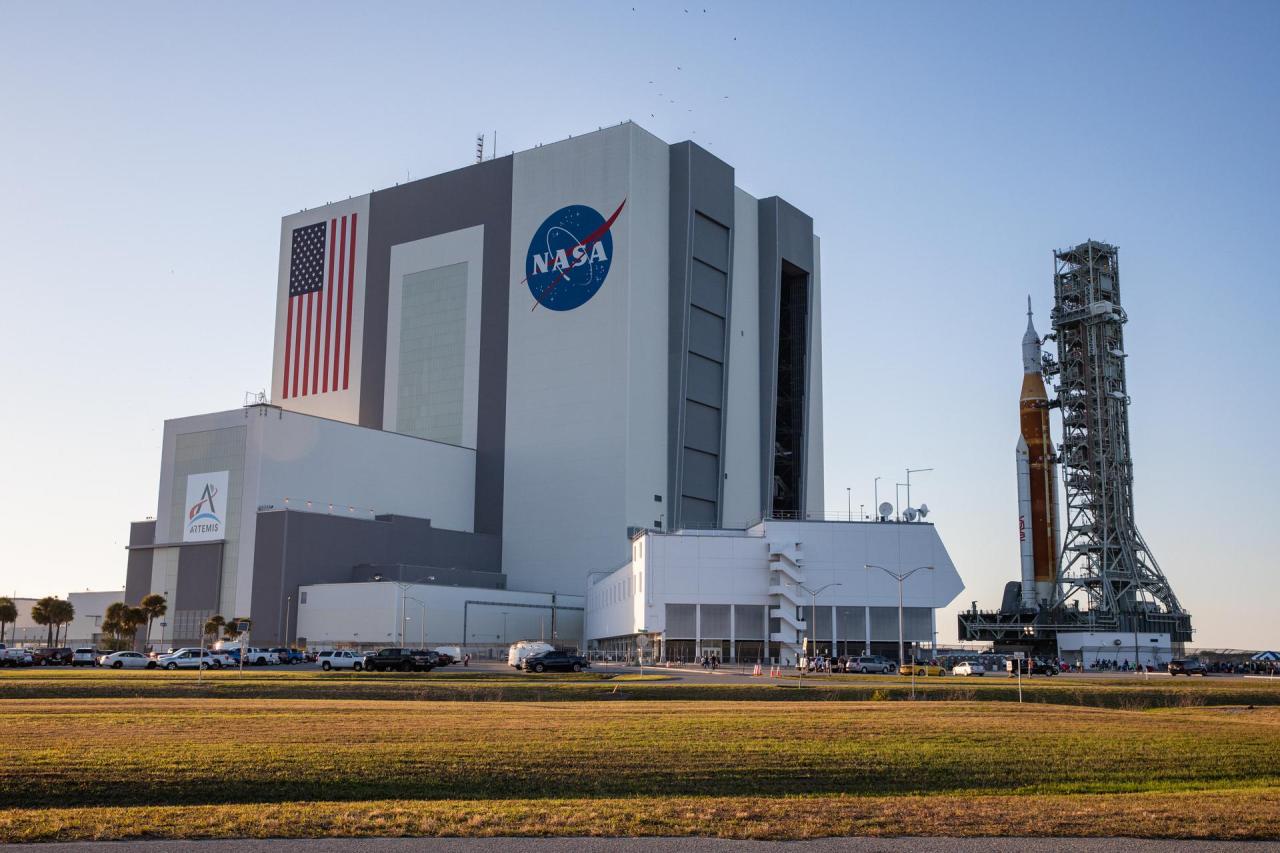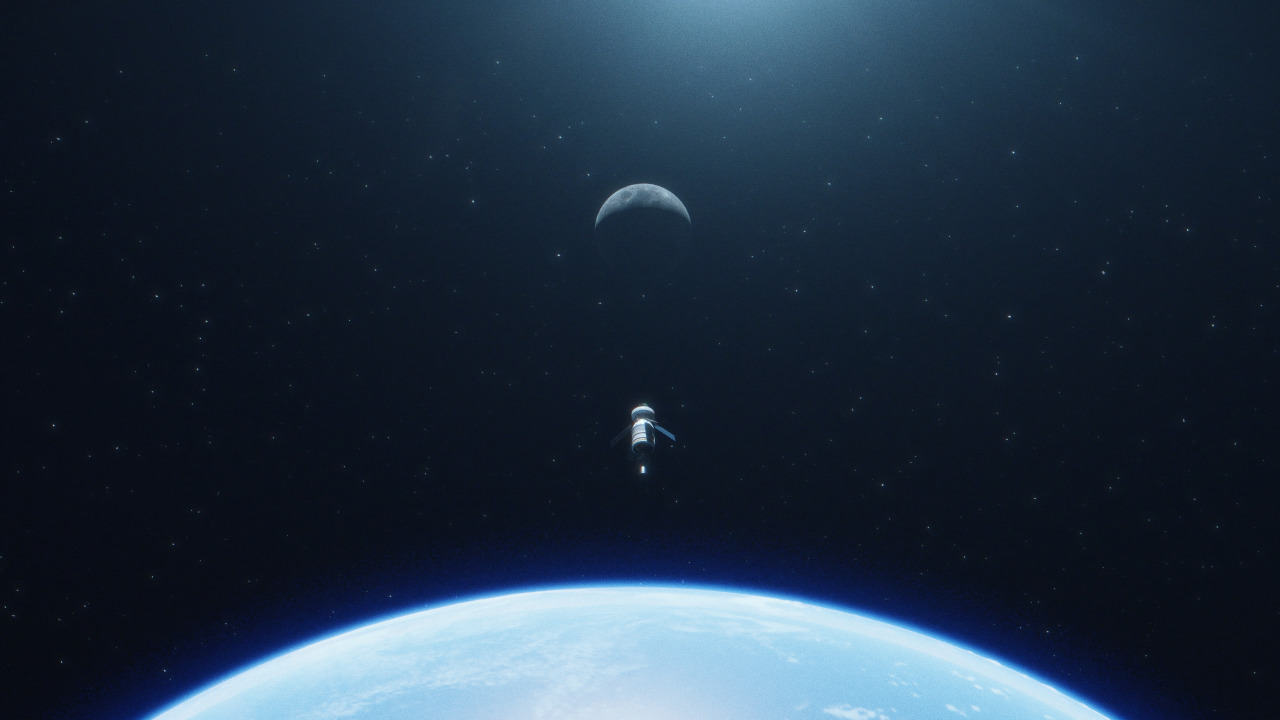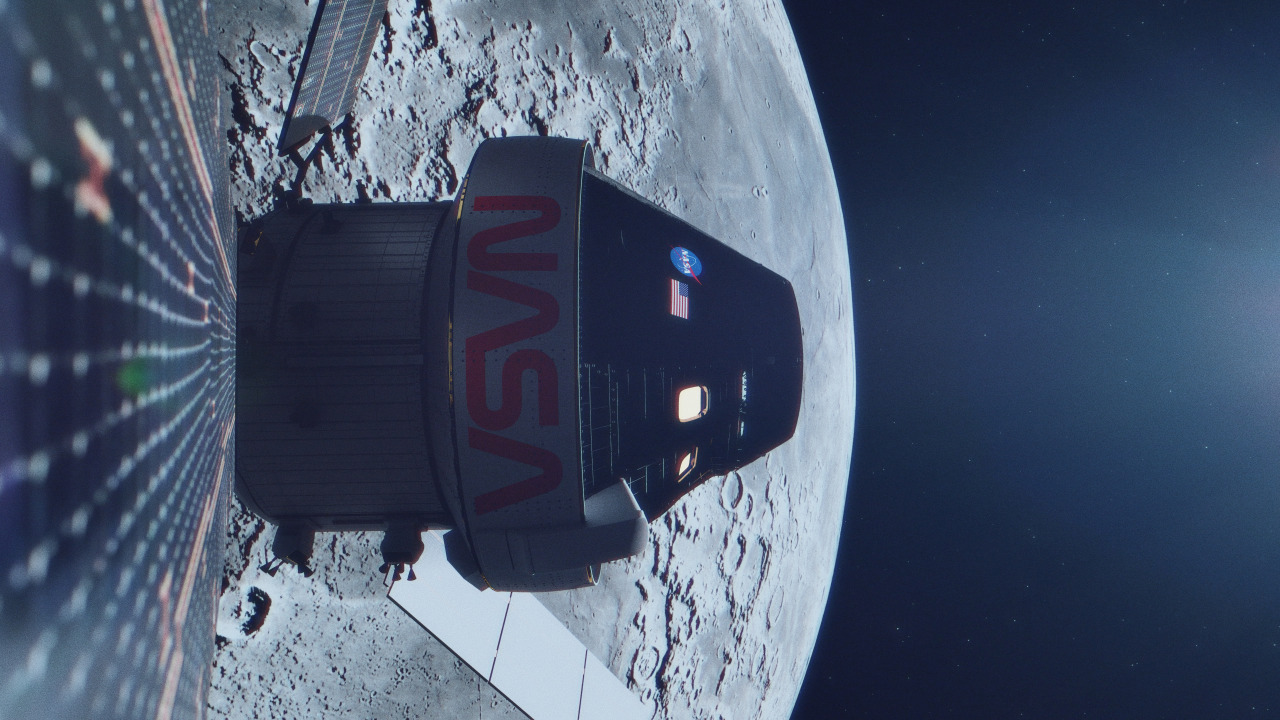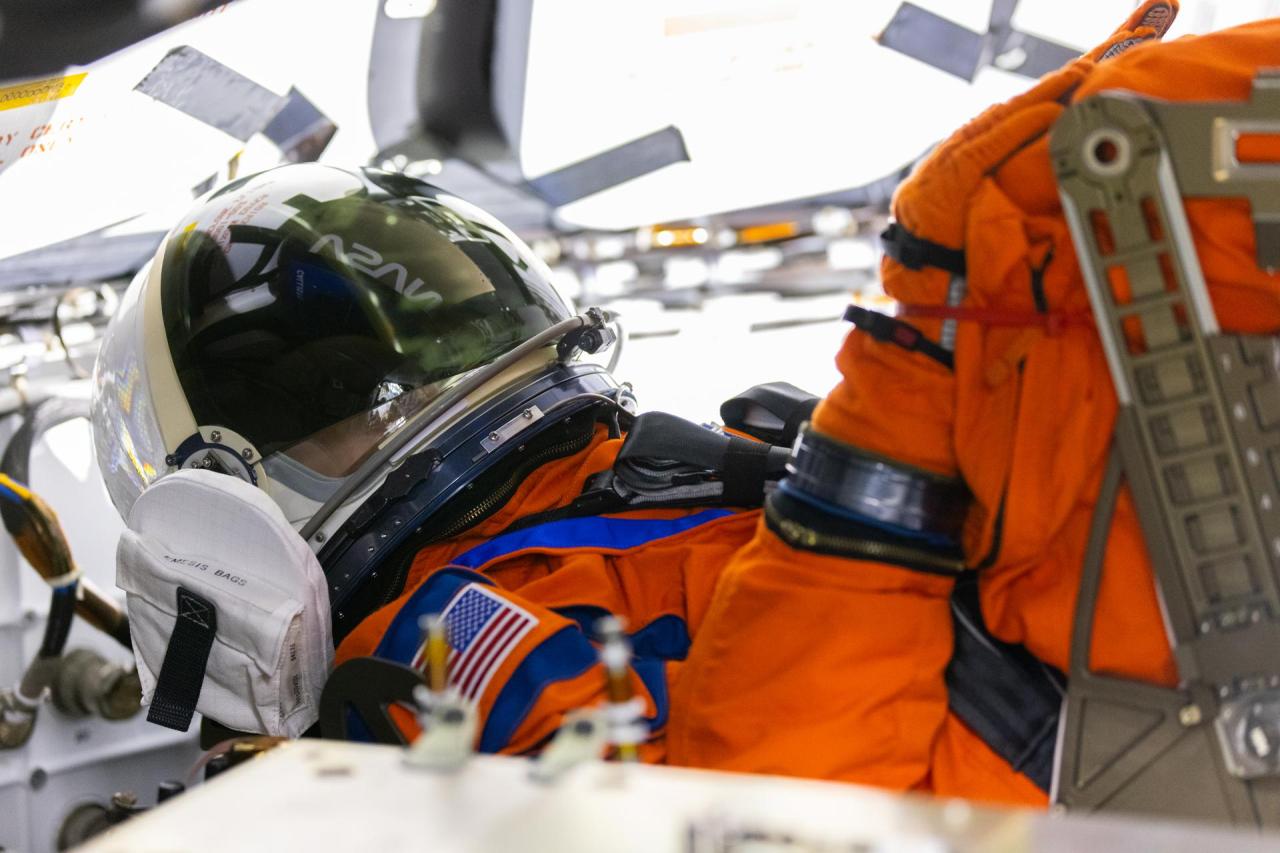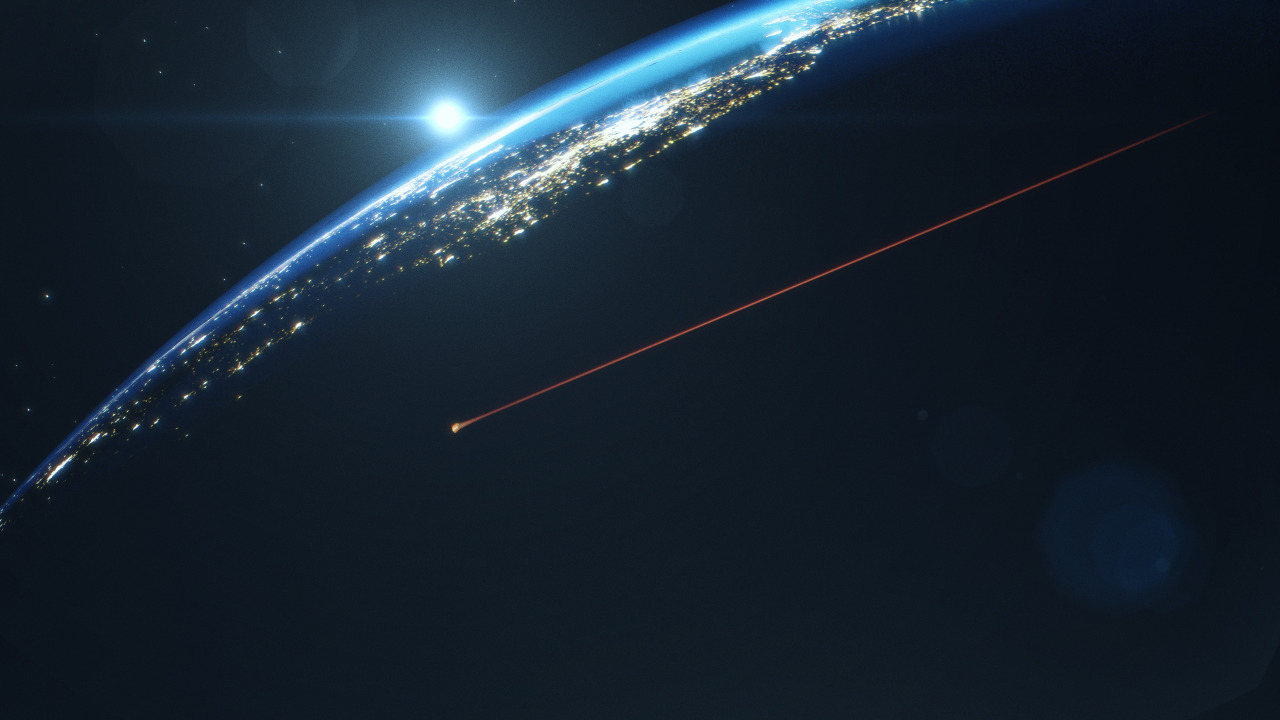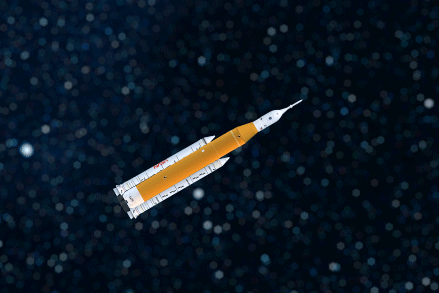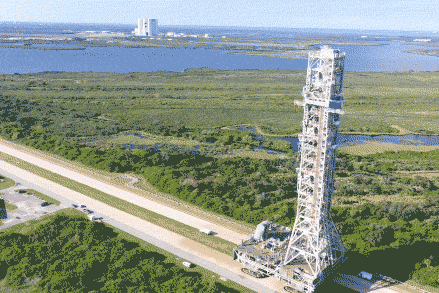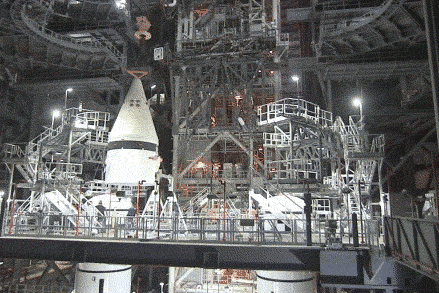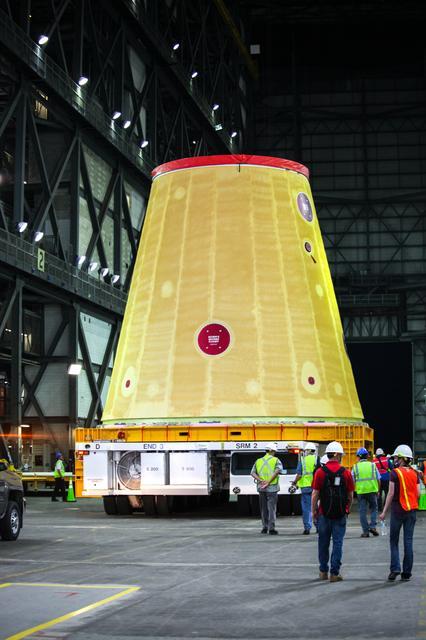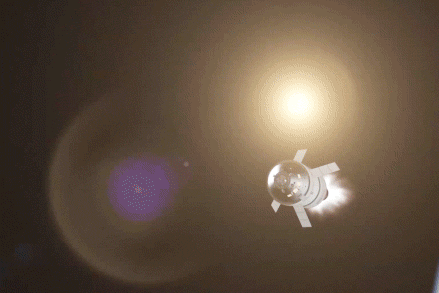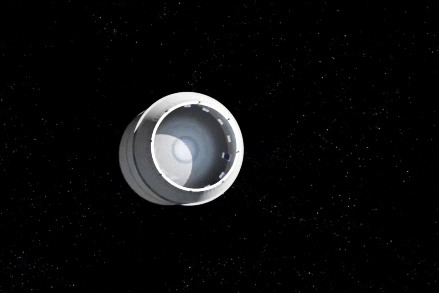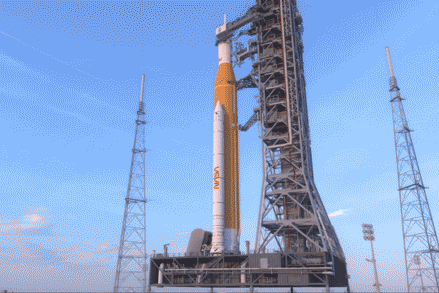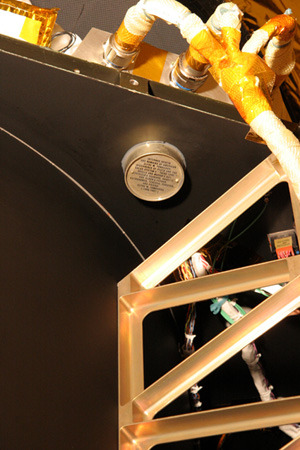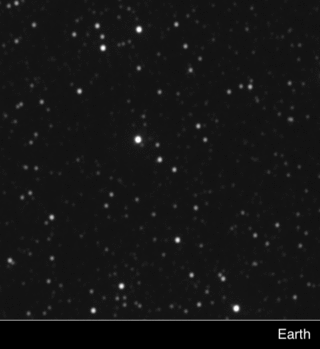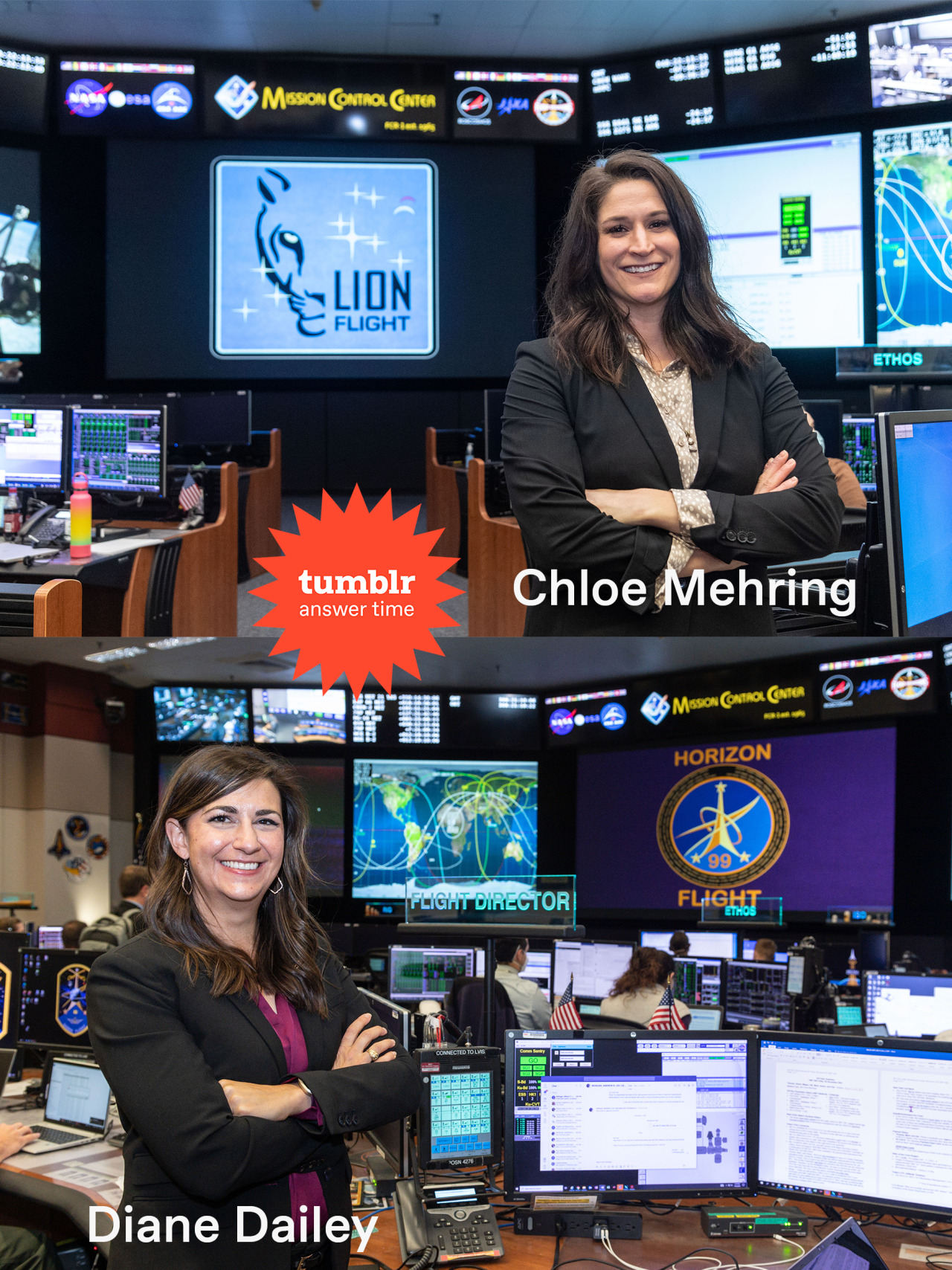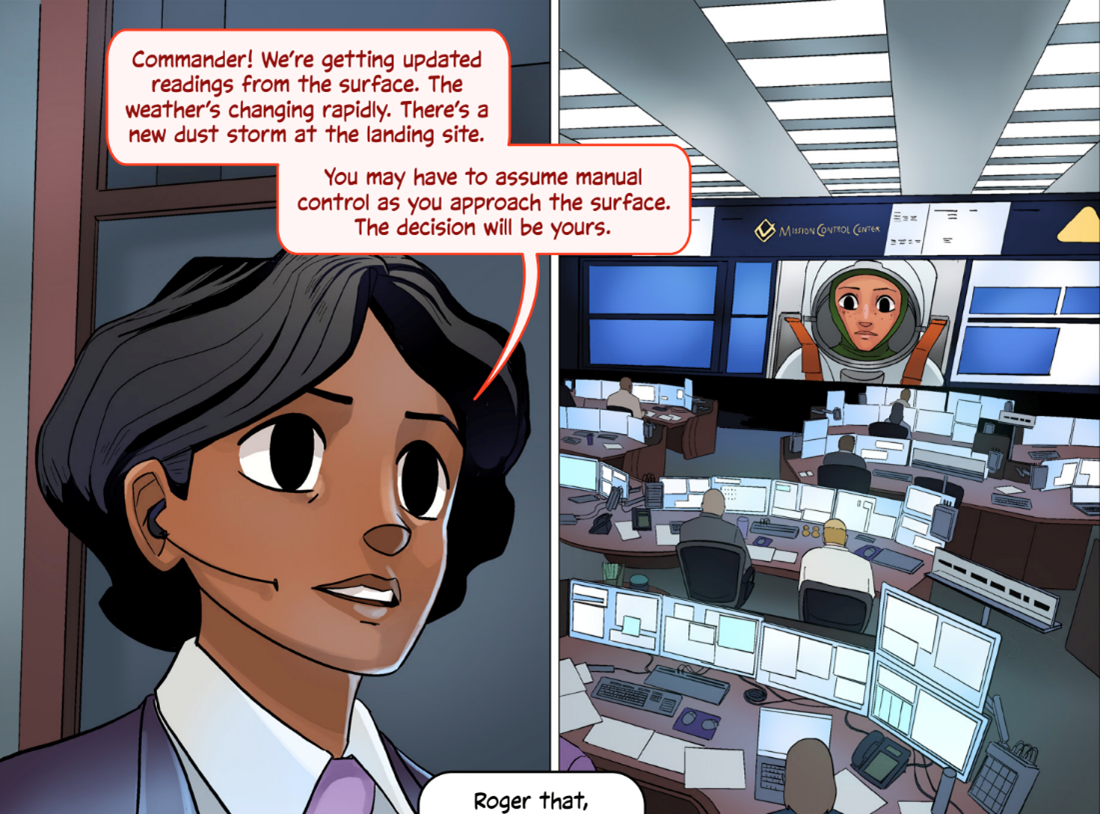10 Ways to Celebrate Halloween with NASA
There’s a whole universe of mysteries out there to put some fun—and maybe a touch of fright—into your All Hallows Eve festivities. Here are a few:
1. Universe of Monsters
Mythical monsters of Earth have a tough time of it. Vampires don’t do sunlight. Werewolves must wait for a full Moon to howl. Now, thanks to powerful space telescopes, some careful looking and a lot of whimsy, NASA scientists have found suitable homes for the most terrifying Halloween monsters.

2. Be a Spacecraft
No costume. No problem. NASA Blueshift offers some handy tips on transforming yourself into a powerful space telescope before hitting the sidewalk to trick-or-treat.

3. Robot Pumpkins
At Halloween, engineers at NASA’s Jet Propulsion Laboratory craft dramatic creations that have as much in common with standard jack-o’-lanterns as paper airplanes do with NASA spacecraft. The unofficial pumpkin carving contest gives engineers a chance to flex their creative muscles and bond as a team. The rules are simple: no planning, carving or competing during work hours.
The results? See for yourself!
Can’t wait to see this year’s creations? Do it yourself!



4. Skull Comet
Scientists think a large space rock that zipped past Earth on Halloween in 2015 was most likely a dead comet or an asteroid that, fittingly, bore an eerie resemblance to a skull.
“The object might be a dead comet, but in the (radar) images it appears to have donned a skull costume for its Halloween flyby,” said NASA scientist Kelly Fast,
As with a lot of spooky things, the asteroid looked a lot less scary upon closer inspection.

5. Spooky Sun
Not to be outdone, the Sun—our star—has been known to put on a scary face.
In this October 2014 Solar Dynamic Observatory image, active regions on the Sun combined to look something like a jack-o-lantern’s face.
The active regions appear brighter because those are areas that emit more light and energy—markers of an intense and complex set of magnetic fields hovering in the Sun’s atmosphere, the corona. This image blends together two sets of wavelengths at 171 and 193 angstroms, typically colorized in gold and yellow, to create a particularly Halloween-like appearance.

6. Halloween on a Mission
Halloween held a special significance for NASA’s Cassini mission, which launched in October 1997. The team held its own elaborate pumpkin carving competitions for many years. The mission also shared whimsical Halloween greetingswith its home planet.
Cassini ended its extended mission at Saturn in 2017.

7. The Ghost of Cassiopeia
The brightest stars embedded in nebulae throughout our galaxy pour out a torrent of radiation that eats into vast clouds of hydrogen gas – the raw material for building new stars. This etching process sculpts a fantasy landscape where human imagination can see all kinds of shapes and figures. This nebula in the constellation of Cassiopeia has flowing veils of gas and dust that have earned it the nickname “Ghost Nebula.”

8. They’re Everywhere
Turns out the human mind—including space scientists and engineers among us—find spooky shapes in many places.
This infrared view of the Helix Nebula reminded astronomers of a zombie eyeball.

9. What Do You See?
The Oct. 26 Earth Observatory’s Puzzler feature offers a spooky shape for your consideration. What is it and what does it look like? You tell us.

10. Space Candy
The trick-or-treat tradition is still—so far—pretty much confined to Earth. But thanks to the men and women who have been living aboard the International Space Station for more than 17 years, we have a preview of what a future space-based trick-or-treater’s Halloween candy haul would look like in microgravity.

Bonus: 11. Want More?
Our education team offers a bunch more Halloween activities, including space-themed pumpkin stencils, costume tips and even some mysteries to solve like a scientist or engineer.

Make sure to follow us on Tumblr for your regular dose of space: http://nasa.tumblr.com.
